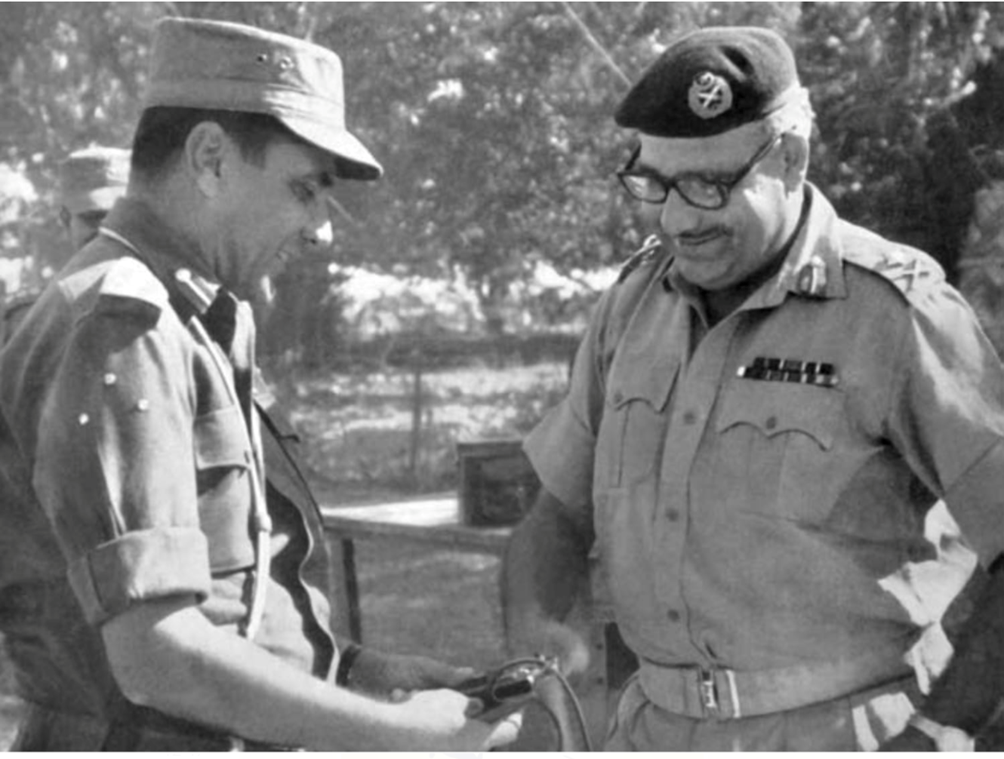The genesis of the Kargil conflict dates back to India's strategic move in 1984 to control the Siachen Glacier, preventing a similar Pakistani takeover in Kargil by deploying a dedicated division. Pakistan's plan involved covertly creating gaps in Kargil's defense, training local forces, and replacing regular troops to seize areas beyond India's control. Over the years, they maintained secrecy in their buildup.
In the early 1990s, Indian intelligence noted Pakistan's creation of 10 Northern Light Infantry battalions. Discussions between Military Intelligence and Military Operations vaguely addressed this, overlooking the potential use of these relieved troops.
Pakistan exploited a quiet Kargil sector and infiltrated into the Kashmir Valley, prompting Indian generals to shift forces, leaving vulnerabilities in Kargil's defense. Moreover, strategic heights previously under Indian control were later occupied by Pakistan, with no subsequent inquiry.
Subsequent decisions, including changing key commanders and removing experienced troops, weakened India's defense. Critical equipment, aerial support, and mine-laying operations were hampered. The Kargil Division was redeployed away from its primary task, and critical communication centers were lost due to fire accidents. Tanks were non-functional, and frontline troops were diverted for non-combat tasks, compromising the country's defense.
Despite attempts to raise concerns and requisition necessary resources, critical defense stores and support were denied, worsening the situation during the conflict. The mismanagement, lack of preparedness, and questionable decisions by senior officials led to a strategic debacle in the Kargil War.
Pakistan retreated from Kargil following international pressure and diplomatic efforts that led to the Clinton-Sharif agreement. This agreement aimed to restore the Line of Control (LoC) in adherence to the Simla Agreement.
Under this deal, Pakistan agreed to withdraw its forces from the Kargil region, seeking an honorable exit from the conflict. The retreat was influenced by diplomatic negotiations that stressed de-escalation and adherence to established agreements between India and Pakistan.
In summary, Pakistan successfully internationalized Kashmir. However, events such as Nawaz Sharif's discussions with China's leaders in Beijing and his meeting with President Bill Clinton in Washington DC strongly suggest that China's neutral stance played a crucial role in what is now known as the Clinton-Sharif deal.
This deal, considered a key external factor in expediting the end of the Kargil conflict, aimed to provide an honorable exit for the Pakistani armed forces. It emphasized restoring the Line of Control (LoC) in accordance with the Simla Agreement by Pakistan.
In return, President Clinton pledged his personal involvement in the Kashmir dispute and expressed intentions to visit South Asia before the end of his term next year.




